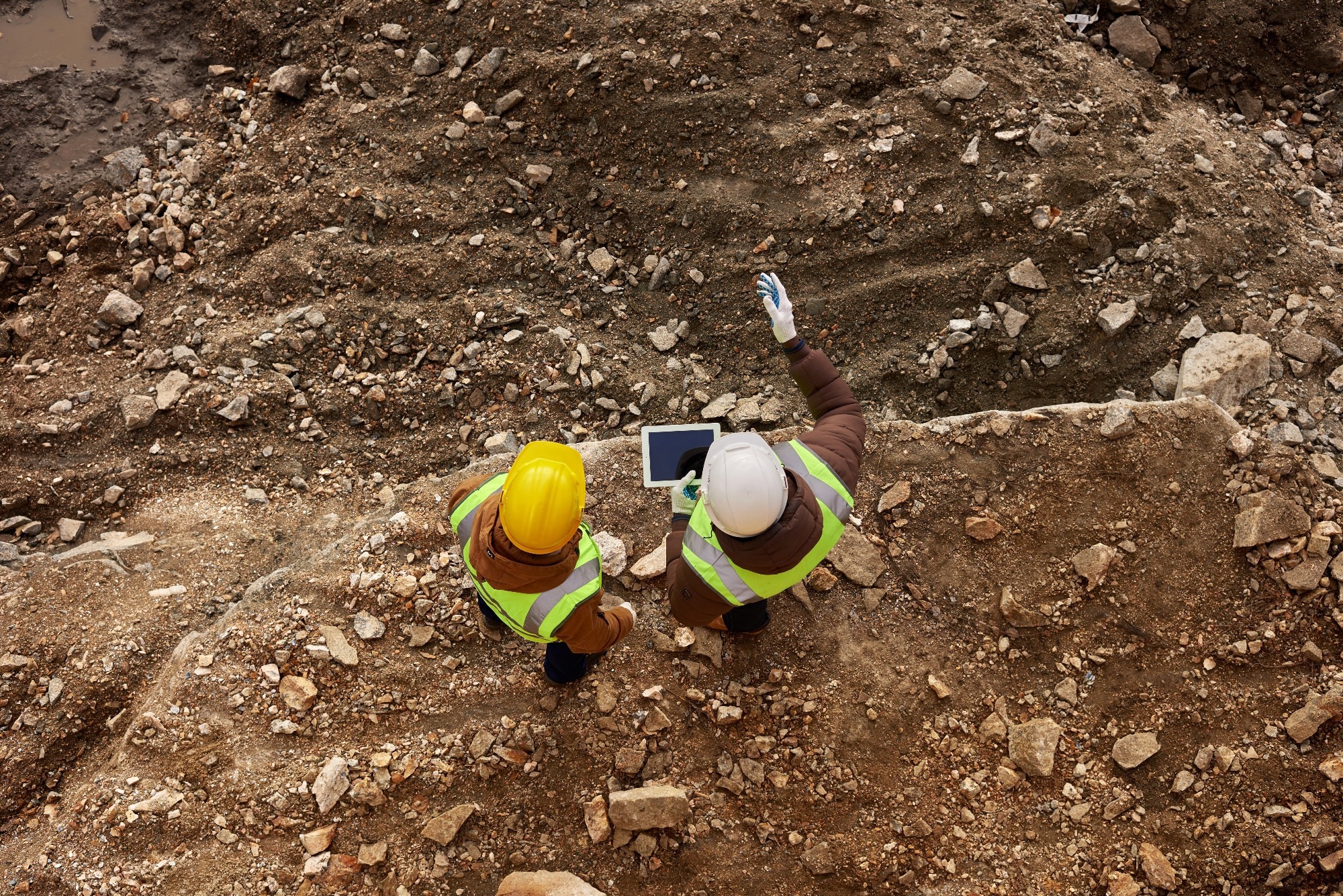Researchers have used Raman spectroscopy to directly image gas movement inside sandstone. This new study sheds light on the behavior of methane and carbon dioxide deep underground.

Image Credit: SeventyFour/Shutterstock.com
Natural gas could be a cleaner alternative to coal, helping to transition fuel use to a low-carbon future. But, while it's known that gases like methane (CH4) and carbon dioxide (CO2) interact with subsurface rock layers, the fine-scale details of how they move through the tiny pores in sandstone remain unclear.
These adsorption and desorption mechanisms deep underground are critical to improving both hydrocarbon recovery and long-term CO2 storage. Existing methods can estimate pore volume and gas content, but they fall short when it comes to directly observing how the gases behave in the rock.
Traditional Methods, Limited Views
Researchers have previously turned to CO2 and nitrogen gas to assess micropore and mesopore structures in gas reservoirs, often investigating behaviour through adsorption-desorption experiments. Larger pores are often analyzed using mercury injection techniques.
While these approaches can measure total pore volume and distribution, and gas chromatography can detect gas composition, none allow direct visualisation of gas inside the pores themselves.
A Custom Cell Meets Raman Spectroscopy
To address this, demonstrated in a recent Spectrochimica Acta study, researchers built a custom pressure cell and paired it with a Raman spectroscopy system. They placed a one-inch Berea sandstone core sample inside and then injected CH4 and CO2 gases under controlled pressure.
The setup included a 50 × long-working-distance objective lens, which allowed for precise focusing despite the cell's structure. A quartz window let the laser beam pass through unobstructed, enabling accurate spectral readings. The Raman system was calibrated before each run using a silicon wafer.
The exposure time was set to one second for each scan, and the step size for 2D and 3D mapping ranged from two to four micrometers.
Mapping Gases at the Micron Scale
The team focused on a 20 × 20 μm area at an estimated depth of 30 μm within the sample. When CH4 was injected at 0.3 MPa, the Raman signal revealed clear vibrational peaks, particularly at 2917 cm-1. This peak was used to create detailed 2D and 3D maps of the gas inside the rock.
The pore visualised in this case was around 10 × 8 μm in size. Looking at CO2, the team tracked the 1388 cm-1 peak and used reflection microscopy to overlay gas signals onto images of the mineral structure.
When both gases were injected together, the fixed volume of the pressure cell meant lower gas concentrations overall. This reduced signal intensity and increased the required exposure time by two to three times to produce maps of similar quality.
Download your PDF copy now!
Clear Images, Subtle Limitations
The researchers found that CH4 produced stronger Raman signals than CO2 due to differences in sensitivity. While the technique couldn't detect fine-scale heterogeneity (it was limited by the micrometer-scale resolution), it still enabled researchers to visualise gas distributions even when both gases were present together.
Backscattered electron imaging and energy dispersive spectrometry added further context, revealing the pore structure and mineral composition at high resolution.
Going Further
The study demonstrates how Raman spectroscopy, combined with a carefully designed pressure cell, can be used to observe the way gases behave within rock pores ranging from a few micrometers to several tens of micrometers.
It opens the door to more direct comparisons of gas distribution patterns across different types of reservoir rock and gas compositions, potentially enhancing energy extraction and carbon storage strategies.
Journal Reference
Hernández Parra L.M., Azzaroni O, Marmisollé W.A. (2025). Enzyme-Based Single Solid-State Nanochannel Biosensors. Chemosensors 13(8):275. DOI: 10.3390/chemosensors13080275, https://www.mdpi.com/2227-9040/13/8/275
Disclaimer: The views expressed here are those of the author expressed in their private capacity and do not necessarily represent the views of AZoM.com Limited T/A AZoNetwork the owner and operator of this website. This disclaimer forms part of the Terms and conditions of use of this website.